How Will Quantum Information Processing Transform Computing?
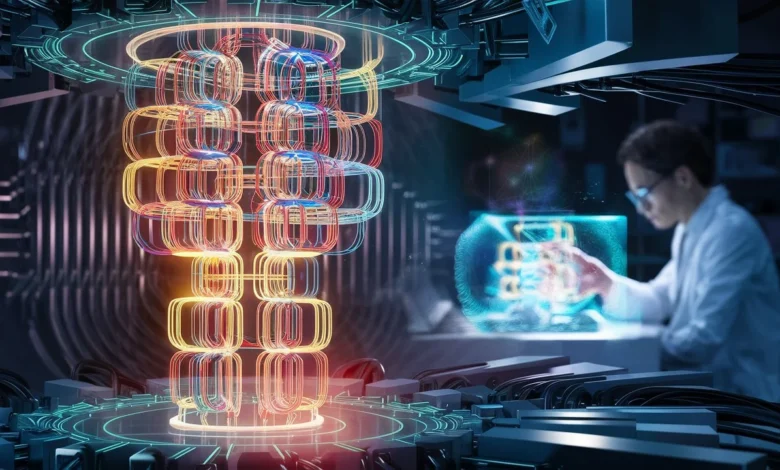
With the growing popularity of quantum information processing, people are struggling to find resources that are both easy to understand and cover all the necessary information. Understanding technical terminology and complex concepts can be quite challenging. Users are looking for clear explanations and reliable sources to effectively explore the topic.
In this article I provide a guide that is easy to follow, answering common questions and breaking down complex concepts to help readers grasp and get involved in quantum information processing.
Introduction
Quantum information processing is an exciting field that combines quantum mechanics and computer science, with the potential to revolutionise computing. Quantum information involves the manipulation and processing of data using the principles of quantum mechanics. This revolutionary technology is on the verge of reshaping the limits of what can be achieved in the fields of computing and communication.
Understanding Quantum Processing Theory
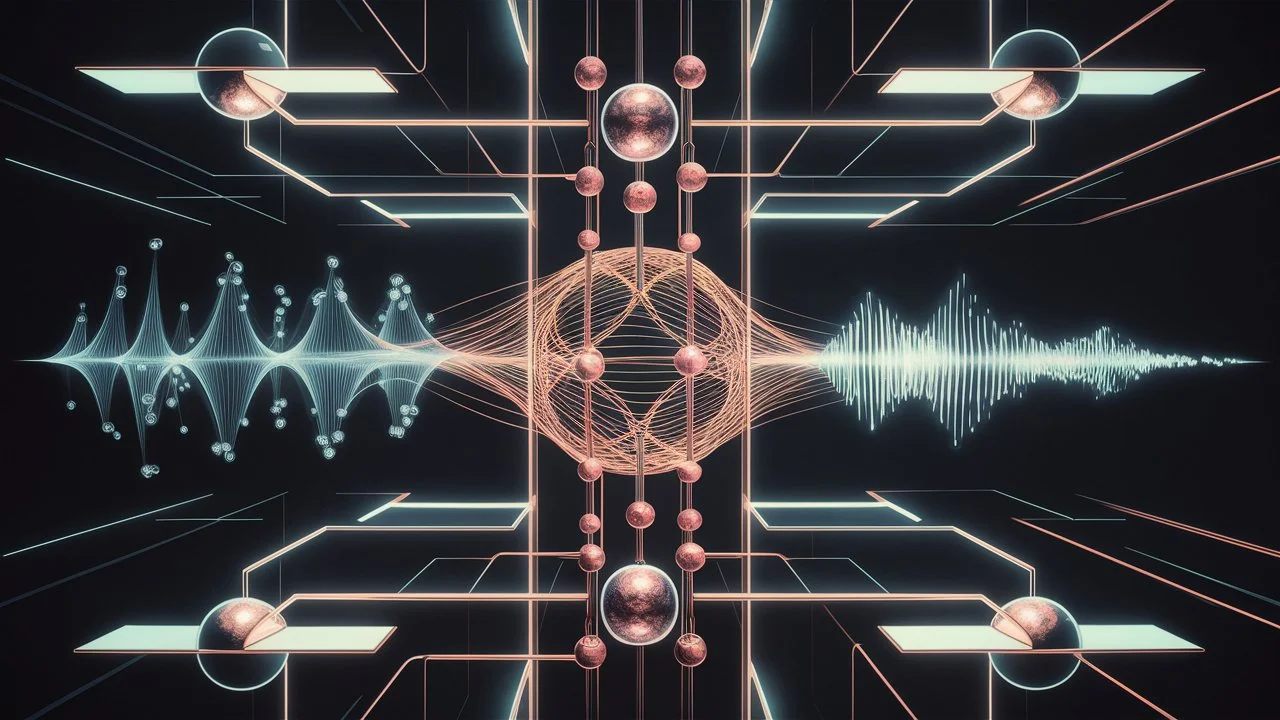
Quantum processing theory delves into the fundamental concepts and principles underlying quantum information processing. It explores how quantum systems, such as qubits, can encode, manipulate, and transmit information in ways fundamentally different from classical computers. Quantum processing theory serves as the theoretical framework guiding the development of quantum technologies.
How Quantum Computers Process Information
Quantum computers possess a fundamental structure that differs from classical computers. They do not possess any memory or processor. A quantum computer relies solely on a collection of superconducting qubits.Quantum gates and algorithms manipulate these qubits to perform complex calculations with unparalleled efficiency.
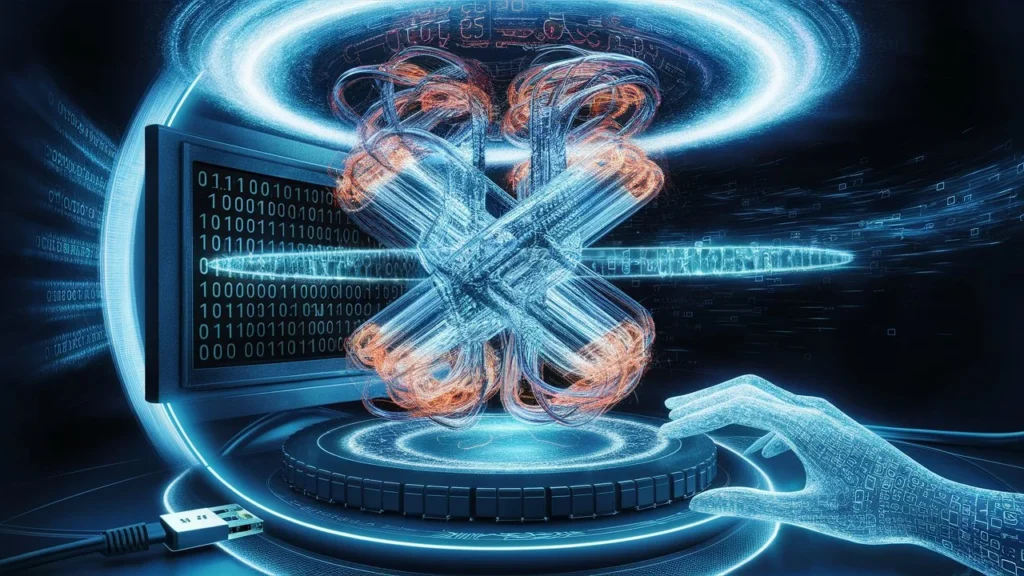
A quantum computer utilises qubits to execute complex quantum algorithms in multiple dimensions. Their computational capabilities skyrocket as more qubits are incorporated.
Quantum computers are well-suited for complex tasks such as performing simulations, evaluating data (such as for chemical or medicinal trials), and developing energy-efficient batteries.
Quantum Information in Computer Science
In computer science, quantum information offers a paradigm shift in computation, promising breakthroughs in cryptography, optimization, and simulation. Quantum devices, leveraging quantum phenomena like entanglement, hold the potential to outperform classical counterparts in tasks such as factoring large numbers or searching unsorted databases.
Exploring Quantum Information Processing
Quantum information processing (QIP) utilises the superposition states of photons or atoms to perform operations, retain, and transmit data in manners that are unattainable with classical systems. Quantum information processing (QIP) harnesses the capabilities of superposition states of photons or atoms to perform operations, retain information, and communicate data in manners that are unattainable with conventional systems.
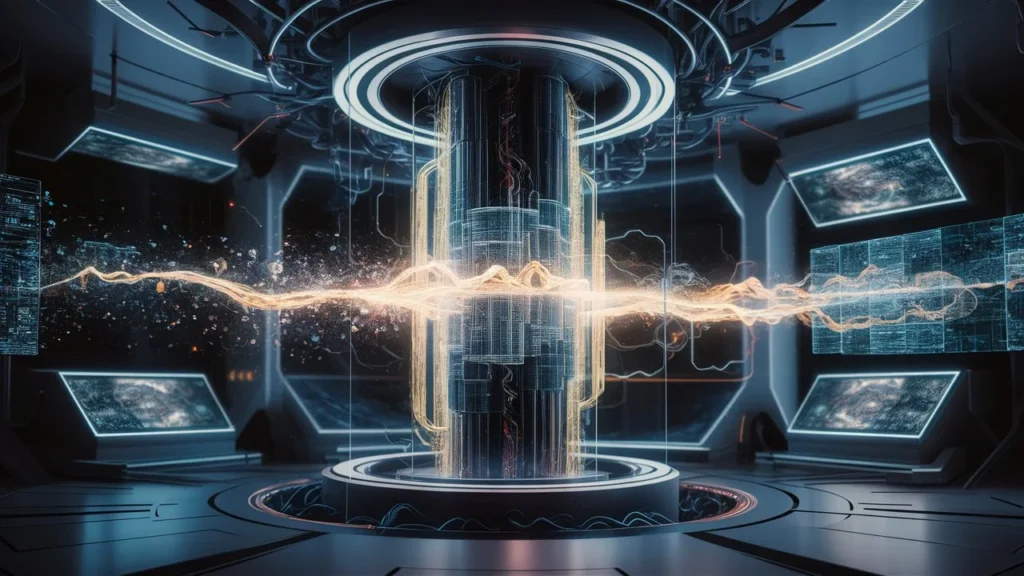
Recently, rare earth-doped crystals have gained attention as potential systems for these applications, primarily due to their ability to display very precise optical transitions at low temperatures. This enables the utilisation of these materials as interfaces between quantum light and matter, or to exert optical control over their quantum states.
Quantum information processing encompasses a range of techniques for manipulating and transmitting quantum data. From quantum data processing to implementing quantum processes, researchers are exploring novel methods to harness the power of quantum mechanics for practical applications in computing and communication.
Quantum Information Theory:
Quantum information theory provides the mathematical framework for understanding the behaviour and properties of quantum information. Pioneered by figures like Claude Shannon and Richard Feynman, it explores concepts such as quantum entanglement and quantum error correction, laying the groundwork for quantum communication and computation.
Applications of Quantum Information:
Real-world applications of quantum information abound, from secure quantum cryptography to quantum enhanced machine learning algorithms. Industries ranging from finance to healthcare stand to benefit from the transformative potential of quantum technologies, ushering in an era of unprecedented innovation. Some examples of quantum computing applications are given below.
- Artificial Intelligence
- Cybersecurity
- Drug Development
- Weather forecasting and climate change
- Financial Modelling
Pioneers in Quantum Information:
Pioneers in quantum information, including Peter Shor, Charles Bennett, and David Deutsch, have made seminal contributions to the field. Their groundbreaking work has paved the way for advancements in quantum algorithms, quantum error correction, and quantum communication protocols.
Quantum Information Science: A Field Overview
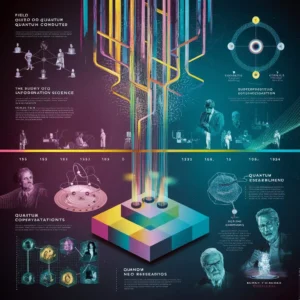
Quantum information science encompasses the theoretical, scientific, technical, technological, infrastructural, and application aspects of utilising quantum effects (quantum mechanics) in the fields of computing, communication, and measurement and sensing.
Quantum information science encompasses a broad spectrum of research areas, including quantum computing, quantum cryptography, and quantum communication. With interdisciplinary collaboration driving progress, the field continues to evolve rapidly, opening new avenues for exploration and discovery.
Classical vs. Quantum Information:
Classical information processing relies on bits that can exist in one of two states: 0 or 1. In contrast, quantum information processing exploits the principles of superposition and entanglement, enabling qubits to represent both 0 and 1 simultaneously. This fundamental difference enables quantum computers to tackle complex problems with unprecedented efficiency.
Certainly! Here’s a comparison table between classical and quantum information:
| Aspect | Classical Information | Quantum Information |
| Basic Unit | Bits (0 or 1) | Qubits (superposition of 0 and 1) |
| Representation | Binary digits | Superposition of states |
| Parallelism | Sequential processing | Parallel processing |
| States | Definite states (0 or 1) | Superposition of multiple states |
| Measurement | Deterministic | Probabilistic |
| Entanglement | Not applicable | Integral part; enables quantum correlations |
| Security | Vulnerable to certain cryptographic attacks | Potentially secure through quantum cryptography |
| Complexity | Polynomial time algorithms | Exponential speedup with certain algorithms |
| Encoding | Classical encoding schemes | Quantum encoding schemes |
| Error Correction | Limited error correction | Quantum error correction codes |
| Communication | Classical communication channels | Quantum communication channels |
| Computation Potential | Limited by classical computing constraints | Promises exponential speedup in certain tasks |
This table highlights key differences between classical and quantum information in various aspects, such as basic units, representation, parallelism, measurement, security, and computational potential.
What is a Quantum Unit of Information?
A qubit is the basic unit of quantum information. It is like a bit in the real world, but in quantum space. A quantum computer can be thought of as a machine with many qubits. In physics, a qubit is a two level system, like an atom’s two levels, the two spin states of a spin-1/2 particle, or the two polarization states of a single photon.
What represents a qubit?
The representation of qubits involves a superposition of multiple potential states. A qubit utilizes the principles of quantum mechanics, specifically the phenomenon of superposition, to achieve a linear combination of two distinct states. A classical binary bit is capable of representing a singular binary value, specifically either 0 or 1. This implies that it can exist in only one of two potential states.

Quantum units of information, or qubits, serve as the building blocks of quantum information processing. Unlike classical bits, which are binary, qubits can exist in multiple states simultaneously. This property enables quantum computers to perform parallel computations and achieve exponential speedup in certain tasks.
Principles of Quantum Information and Computing:
At the heart of quantum information and computing lie principles such as superposition and entanglement. Superposition allows qubits to exist in multiple states simultaneously, while entanglement enables correlations between qubits over long distances. Quantum algorithms leverage these principles to solve problems that would be intractable for classical computers.
Conclusion:
In conclusion, quantum information processing represents a paradigm shift in computing with far-reaching implications for science, industry, and society. By harnessing the unique properties of quantum mechanics, we stand on the brink of a new era of computation, where previously insurmountable challenges may soon be within our grasp.
FAQ’s
What is the quantum Shannon theory?
Quantum Shannon theory investigates the maximum capacity of noisy physical systems, which are subject to the principles of quantum mechanics, to maintain information and correlations.
The quantum Shannon theory, a pivotal concept in quantum information science, extends Claude Shannon’s classical information theory into the quantum realm. It explores how quantum systems manipulate and transmit information, laying the foundation for quantum information processing.
By bridging the gap from classical to quantum information science, the quantum Shannon theory elucidates the principles governing communication, encoding, and computation in quantum systems. This theory not only enhances our understanding of quantum phenomena but also paves the way for advancements in quantum information processing, promising revolutionary breakthroughs in computation and communication.
What is the information theory of Claude Shannon?
Claude Shannon’s information theory is like the backbone of modern communication and data processing. It’s all about how we can reliably send and receive information, like text messages or internet data, without errors. Shannon’s work laid down the groundwork for understanding how to efficiently encode, transmit, and decode information using bits, the basic units of information in classical computing. This theory is crucial for everything from internet protocols to digital storage, shaping the way we communicate and share information in our digital world.
What did Richard Feynman say about quantum computing?
Richard Feynman, a legendary physicist, had a fascinating take on quantum computing. He envisioned using the weird and wonderful properties of quantum mechanics, like superposition and entanglement, to build computers that could tackle problems beyond the reach of classical computers. Feynman believed that by harnessing these quantum phenomena, we could simulate and solve complex systems in physics and chemistry much more efficiently. His insights laid the foundation for the field of quantum computing, inspiring generations of researchers to explore the potential of quantum technologies.
What is the Feynman diagram in quantum field theory?
In quantum field theory, a Feynman diagram is like a visual language used to represent interactions between particles. It’s named after the physicist Richard Feynman, who introduced this technique to simplify complex calculations in particle physics.
Each Feynman diagram depicts possible particle interactions as lines and vertices, with different types of lines representing different particles and vertices representing interaction points. By analysing these diagrams, physicists can understand and predict the behaviour of particles in various physical processes, from simple particle collisions to intricate quantum field interactions.




